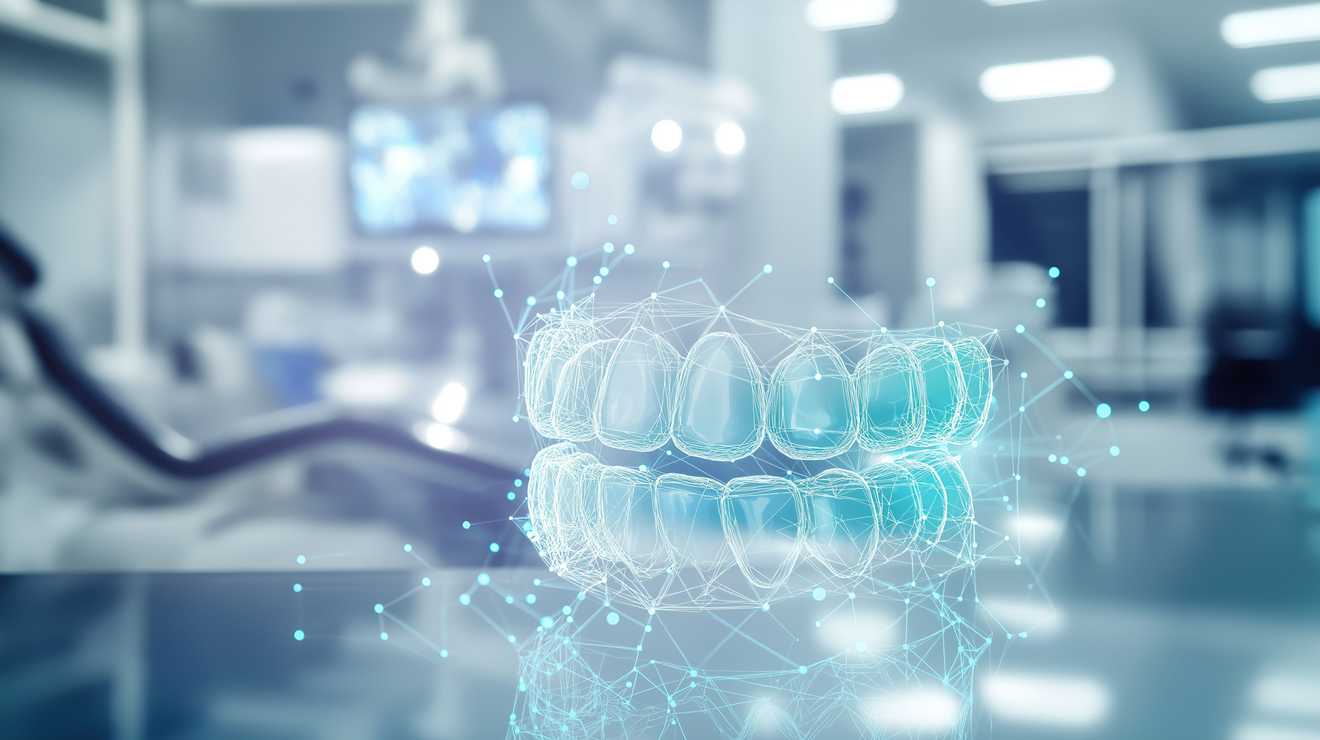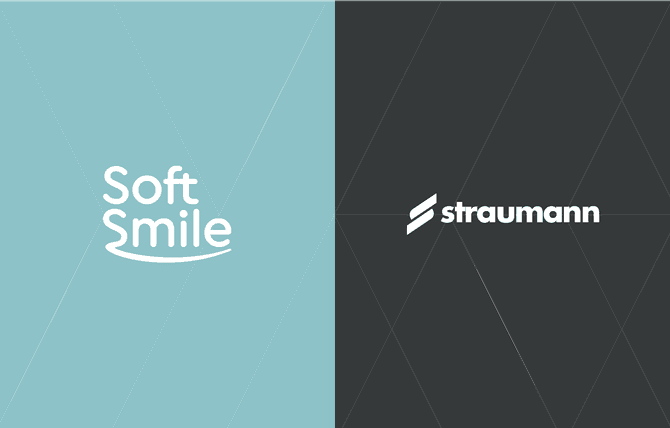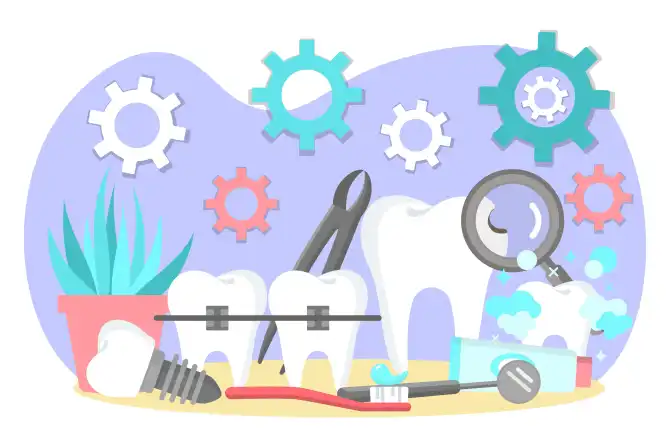
Dental 3D Printing Software: VISION by SoftSmile
by SoftSmile Team in Sep 30 2024
As it becomes more affordable to implement 3D printing workflows it is becoming more commonplace in the orthodontic industry. 3D printers are a key component of an in-office aligner production process alongside dental 3D printing software, like VISION. In-house aligner production can create significant time and cost savings for doctors and their patients.
Treatment planning software, like VISION, combined with 3D printers allows orthodontists to bring clear aligner treatment planning and production entirely in-house. In-house 3D printing provides the flexibility to create virtually any dental appliance or model necessary for treatment planning.
Why Invest in 3D Printers?
Every patient presents a unique challenge due to their distinct anatomy. 3D printing enables orthodontists to create tailored aligner treatment plans and print aligners the very same day they take patient scans. From a business perspective, 3D printers enhance staff efficiency once new workflows are adopted. Additional benefits include shorter appointment times, no need for physical model storage, reduced per-unit time, and less dependency on external laboratories.
Patients will wait less time for high-quality aligners and will begin and end their treatment plan sooner which will improve patient satisfaction and compliance. Implementing 3D printers does require a significant upfront investment that will pay off in long-term business growth.
The main challenge of introducing 3D printing is training staff and integrating a new workflow. It’s crucial to ensure that everyone, from front-desk staff to back-office personnel, is trained in digital dentistry basics. Printer and software manufacturers provide valuable resources and training, guiding the team through the technology, understanding file types, and optimizing file exports for intraoral scanners.
VISION and 3D Printing for Aligners
In digital cases, intraoral scanners replace manual impressions during exams. Software like VISION by SftSmile is essential for data processing and digitization, offering multiple levels of data via intraoral scans or CBCT. Virtual articulators and intraoral images can gather additional information. The software designs a treatment plan using preset algorithms tailored for speed and precision. Once finalized, the plan and appliance can be manufactured in-house using any 3D printer, alternatively, data can be sent to an external lab compatible with digital dentistry.
VISION is compatible with most 3D printers currently available and is equipped with features and functionalities to make 3D printing seamless. For instance, VISION fully integrates with the Laser Aligner Cutter (LAC), which improves workflow and materials efficiency.
LAC does not require any additional post-processing after cutting and significantly reduces material waste and production times. LAC combined with the speed and precision of VISION offers unprecedented levels of efficiency in aligner production. While VISION’s AI automates key treatment planning processes and guarantees optimal patient outcomes, the accuracy and quality of the LAC eliminate the need for polishing or edge refinements.
In the post-processing stage, VISION’s intuitive interface easily enables users to adjust the trimline for ultimate precision and customization. Any elastics and cutouts added during setup are incorporated into the trimline. Once you have finalized the trimline, you can easily export in the .PTS format for simple integration into LAC’s system.
VISION offers three flexible 3D model style options: solid, hollow, or hollow with optional ribs for strength and resource efficiency. Hollow models can optimize material usage when dental 3D printers. Users can save on material costs and add stiffening ribs to ensure durability. Regardless of which option a user chooses for export, they will see a preview of the final result during post-processing in real-time to avoid any guesswork.
Conclusion
In conclusion, while 3D printing in dentistry requires investment in training and resources, the benefits outweigh the costs. This technology attracts more patients and advances your practice into the future of dentistry, where accuracy, efficiency, and reliability are paramount.



